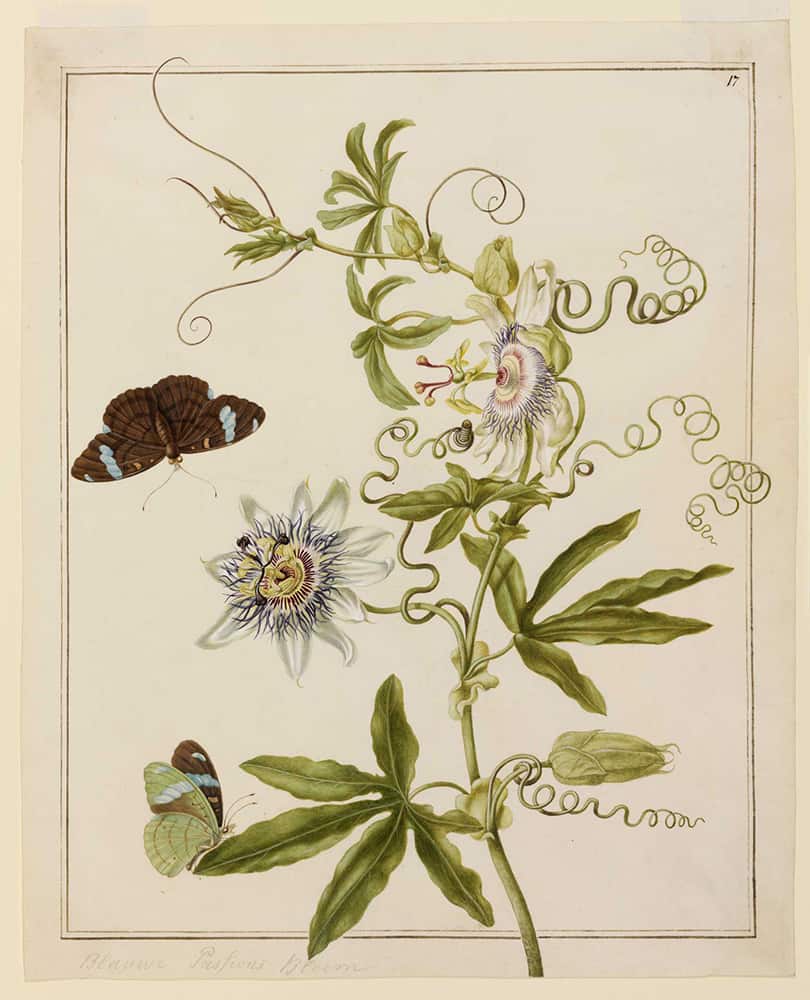Johanna Helena Gräffin (1668-1728)
The elder daughter Johanna Helena came to Nuremberg shortly after her birth when her parents moved from Frankfurt to Nuremberg. She doubtlessly got her artisan’s “basic training” from both parents, both in Nuremberg and in Frankfurt. She experienced the time in the Labadist colony, and perhaps did not suffer as greatly as her younger sister from growing up separately from their parents, because she got to know a young man who did not bow to Pierre Yvon’s unrelenting severity. Hendrick Herolt (~1660-1715) from Bacharach (1) in spite of being a “brother” and belonging to the “selected”, finally dissociated himself from the Labadists and became a successful merchant in Amsterdam, trading with and travelling to Suriname, (2)
After mother and daughters had moved to Amsterdam in late June 1692, the banns of Johanna Helena and Hendrick were published at the Amsterdam City Hall. Nothing stood in the way of their wedding - or rather of the official confirmation and legalisation of their marriage, which had already taken place in the Labadist colony but had to be officially ratified in Amsterdam in order to be considered legally binding. (3)
At the same time Johanna Helena developed her own style, which, following Ella Reitsma, we can call her “own hand”: her water colours are bolder, more three-dimensional than those of her mother. (4) Might she have learned this illusion of depth in her drawings from her father, the master of perspective drawing?
The daughter’s flower motifs often seem so very much alive because they keep growing beyond the margins of the page, just like this passion flower, which belongs to a series of 49 of her drawings on parchment kept in the Herzog-Anton-Ulrich-Museum in Brunswick where they are classified as gouaches, with the boundary between them and watercolours defined as a flowing one by art experts. (5)
Some of these masterpieces of which she herself has written an inventory and which are dated 1698, are signed by her personally. They are a fascinating example of her artistic talent. (6)
Some motifs can also be found in other collections. In this context, Ella Reitsma raises the question of the value of the distinction between an original, a replica and a copy. It would be wrong to talk pejoratively about “serial production” in the “Merian” family firm, though a significant part of the household’s income was based – according to customers’ wishes – on duplications of the popular motifs of the Merian water colours (7) and on illuminating the Caterpillar Books.
As a painter, Johanna Helena took on some of her mother’s commissions, and the daughter’s “variations” have their own, independent value. The term “variation” is used deliberately here, in analogy to a form much appreciated in music. Sometimes (as shown on the right), she succeeds in creating fascinating compositions quite unlike those we know from her mother’s work. (10)
Johanna Helena remained integrated in the “family firm” with her mother and her younger sister, even after her daughter (Maria) Abigail was born, probably around 1700 in Amsterdam. (11) Jacob Hendrik Herolt, because of his wide travels and good local knowledge, could also assist and advise his mother-in-law with the preparations for her expedition to Suriname. Maybe his wife Johanna Helena even accompanied him on one of these voyages in the 1690s. (12) So the Merian’s expedition to Suriname was not a journey into the unknown.
There is no doubt that Johanna Helena also helped her mother with the mammoth, large-format work containing copper etchings of plants and animals in the Tropics after the latter’s return from Suriname. Individual folios from the "Surinamese Insects" were printed and the first already sold even before the entire book had been completed. Especially in the form of coloured counter proofs, they can hardly be distinguished from hand-drawn and coloured one-off depictions, also called "unica. (13) Ella Reitsma even sees Johanna Helena as the creator of the most powerful compositions amongst the templates for some copper etchings. (14)
When, after four years of intensive labour, the volume was published in 1705 as Merian’s crowning glory (15), considerable work still went into colouring - then called "illuminating" - several as yet unbound copies, which could achieve a much higher price than the black-and-white prints. Only a few of these "original coloured" counter proofs have survived to our day and they are amongst the most valuable printed works from the "Merian workshop".
Johanna Helena probably emigrated permanently to Suriname around 1711. She did so with her daughter Maria Abigail and her husband, who not only worked there as a merchant, but also as one of the rectors of the orphanage in Paramaribo and supervisor of any legacies bequeathed to orphans. (16) From there she continued to work for the Merian family firm in Amsterdam – we know that because in 1712 her mother informed a client in a letter that she had received Surinamese insects and other taxidermied animals for sale from this daughter. (17) In the letters from Merian which have been preserved to this day, no evidence could be found that Johanna Helena also continued to paint in Suriname, but her mother would not have revealed this in her letters. As a businesswoman, Merian paid great attention to quality, but when she could offer new "Merian watercolours" for sale, her customers did not need to know that they had been painted and sent by her daughter in Suriname. Several watercolours that bear the hallmark of the daughter's style are unsigned or signed with her mother's name.
A pointer to the continuing collaboration can be found on the title page of the third Caterpillar Book (1717). There, a future additional supplement (“Appendix”) was announced and in the preface the younger daughter, as editor, promised tropical insects observed by Johanna Helena, currently resident in Suriname.(18) For Ella Reitsma, these sentences are proof that Johanna Helena "was still in the business". (19) This supplement was never published and questions about it remain unresolved. Did Johanna Helena find time to observe and draw the insects? Did these precious sketches sink in a sailing boat which capsized on the voyage to Amsterdam? Or, after the younger sister had emigrated to Russia, was there nobody left in Amsterdam who could have looked after the publication?
1728 starb Johanna Helena als Witwe in Paramaribo. (20) Sie hatte zahlreiche Enkel, von denen vier zu ihren Lebzeiten geboren wurden. (21).
In Merian’s St. Petersburg watercolours there are several depictions of tropical plants without the four stages of metamorphosis typical of Maria Sibylla Merian. Their lively, "Baroque" style suggests the artist was Johanna Helena rather than her mother and they might even have arrived in Amsterdam after Johanna Helena's death. In 1734 the younger daughter, Dorothea Maria, once more travelled from St. Petersburg to Amsterdam, with the permission and on behalf of the Tsar, to acquire more artwork for the Academy.(22) Perhaps the 30 drawings which Dorothea Maria took back to St. Petersburg at that time (23) not only belonged to the estate of her elder sister, but had even been painted (at least in part?) by Johanna Helena. This is more likely than that such fragile originals by her mother were preserved for more than 20 years in a tropical climate and exposed to the risks involved in being transported to and fro.
This opens up a wide field for the stylistic comparison of the "hands" of mother and daughter. This has already been attempted by Ella Reitsma for watercolours in the monograph (24) and additionally for her coloured counter proofs in an exhibition of Merian works by Royal Collection at the Queen's Gallery in London in 2016. (25)




